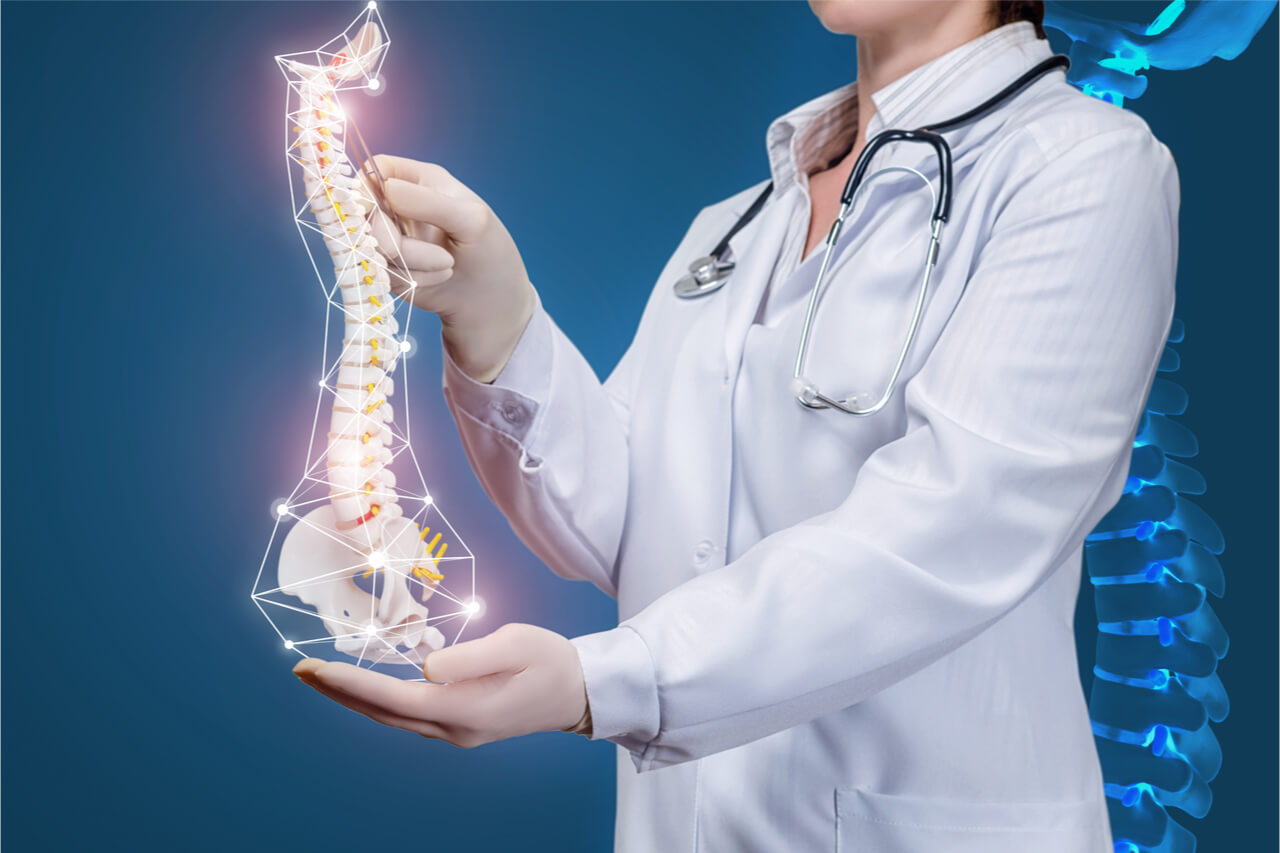
Understanding Orthopedic Symptoms and Treatment
Orthopedic symptoms can range from mild discomfort to debilitating pain, affecting mobility and overall quality of life. These symptoms often arise from musculoskeletal issues, such as injuries, degenerative diseases, or structural abnormalities. Proper diagnosis and treatment are essential to alleviate symptoms and restore function. In this article, we delve into common orthopedic symptoms and explore various treatment options.
Common Orthopedic Symptoms:
- Joint Pain: Joint pain is one of the most prevalent orthopedic symptoms, affecting millions worldwide. It can occur due to various reasons, including osteoarthritis, rheumatoid arthritis, injury, or overuse. The pain may be localized or spread to surrounding areas, impairing movement and flexibility.
- Back Pain: Back pain is a widespread orthopedic complaint, often stemming from issues like herniated discs, spinal stenosis, muscle strain, or poor posture. It can range from dull aches to sharp, shooting pains, impacting daily activities and productivity.
- Muscle Weakness: Muscle weakness may result from injuries, nerve damage, or underlying medical conditions like muscular dystrophy. Weakness in specific muscle groups can lead to difficulties in performing routine tasks and may contribute to imbalance and instability.
- Limited Range of Motion: Reduced range of motion can occur due to joint stiffness, inflammation, or muscle tightness. Conditions like frozen shoulder or adhesive capsulitis can severely restrict movement, making simple actions like reaching or lifting challenging.
- Swelling and Inflammation: Swelling and inflammation are common responses to injury or conditions like bursitis, tendonitis, or arthritis. They can cause discomfort, warmth, and redness around affected areas, often accompanied by stiffness and reduced function.
Treatment Options:
- Medications: Over-the-counter or prescription medications may be recommended to alleviate orthopedic symptoms. Nonsteroidal anti-inflammatory drugs (NSAIDs) can reduce pain and inflammation, while muscle relaxants may help relieve muscle spasms. In some cases, corticosteroid injections directly into the affected joint can provide significant relief.
- Physical Therapy: Physical therapy plays a crucial role in orthopedic treatment, aiming to improve strength, flexibility, and mobility. Therapists design personalized exercise programs to target specific areas of weakness or dysfunction, helping patients regain function and prevent future injuries.
- Orthotics and Assistive Devices: Orthotic devices like braces, splints, or shoe inserts can provide support and stability to injured or weakened joints. Assistive devices such as canes, walkers, or crutches may be utilized to reduce weight-bearing on affected limbs and facilitate mobility.
- Surgery: In cases where conservative treatments fail to provide relief, surgical intervention may be necessary. Orthopedic surgeries vary depending on the underlying condition and may involve procedures such as joint replacement, arthroscopy, spinal fusion, or tendon repair.
- Lifestyle Modifications: Lifestyle modifications are integral to managing orthopedic symptoms and preventing recurrence. This includes maintaining a healthy weight to reduce stress on joints, practicing proper body mechanics to prevent injuries, and incorporating low-impact exercises to strengthen muscles and improve flexibility.
- Alternative Therapies: Complementary and alternative therapies like acupuncture, chiropractic care, or massage therapy may offer additional relief for orthopedic symptoms. While research on their efficacy is ongoing, many individuals find these modalities beneficial in conjunction with conventional treatments.
Conclusion:
Orthopedic symptoms can significantly impact an individual’s daily life, making simple tasks challenging and diminishing overall well-being. Prompt diagnosis and appropriate treatment are essential to address these symptoms effectively and prevent long-term complications. By incorporating a combination of medication, physical therapy, lifestyle modifications, and, if necessary, surgical intervention, patients can achieve symptom relief and regain functionality, enabling them to lead active and fulfilling lives. Consultation with a qualified orthopedic specialist is crucial to develop a comprehensive treatment plan tailored to individual needs and goals.


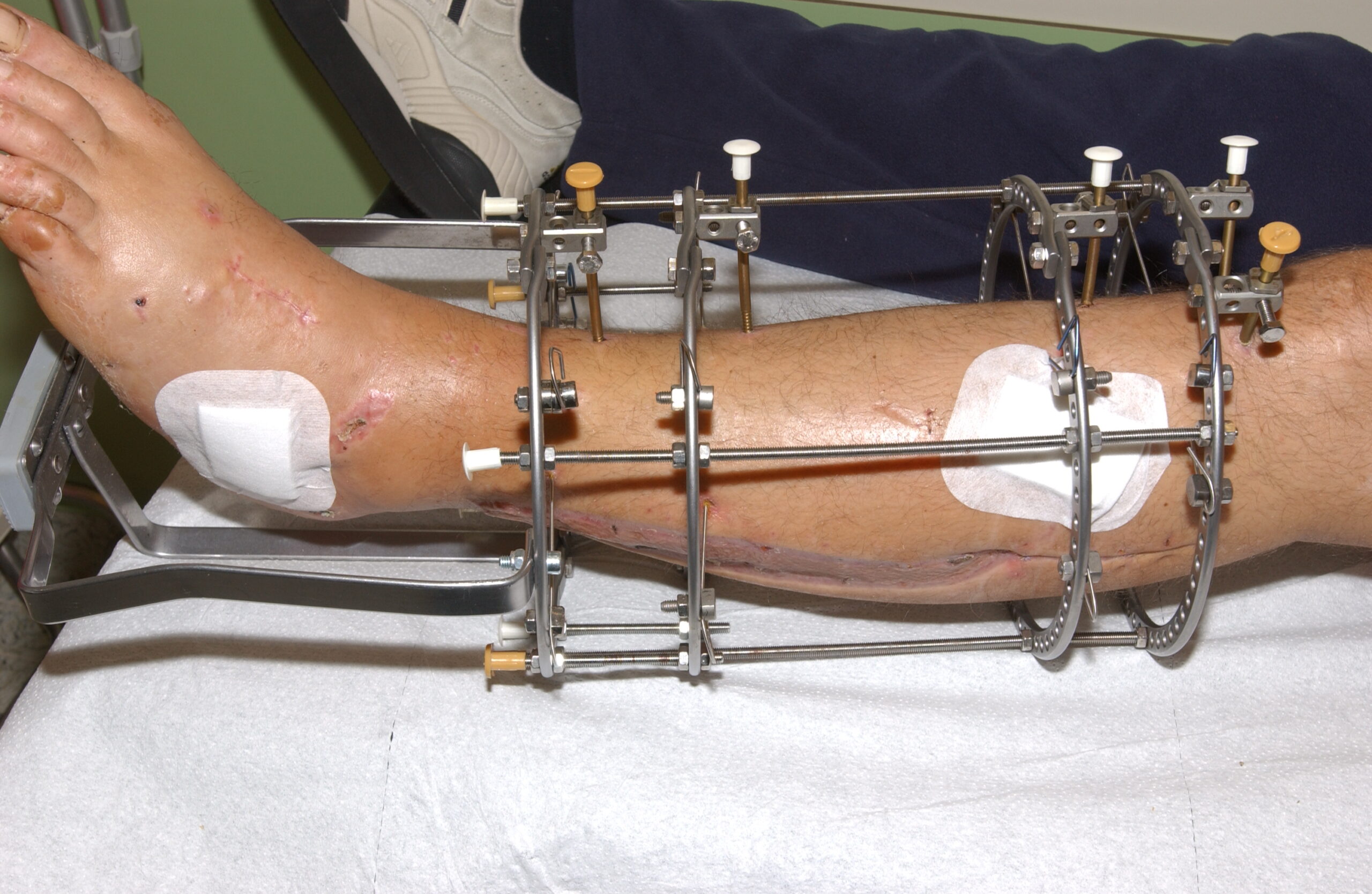
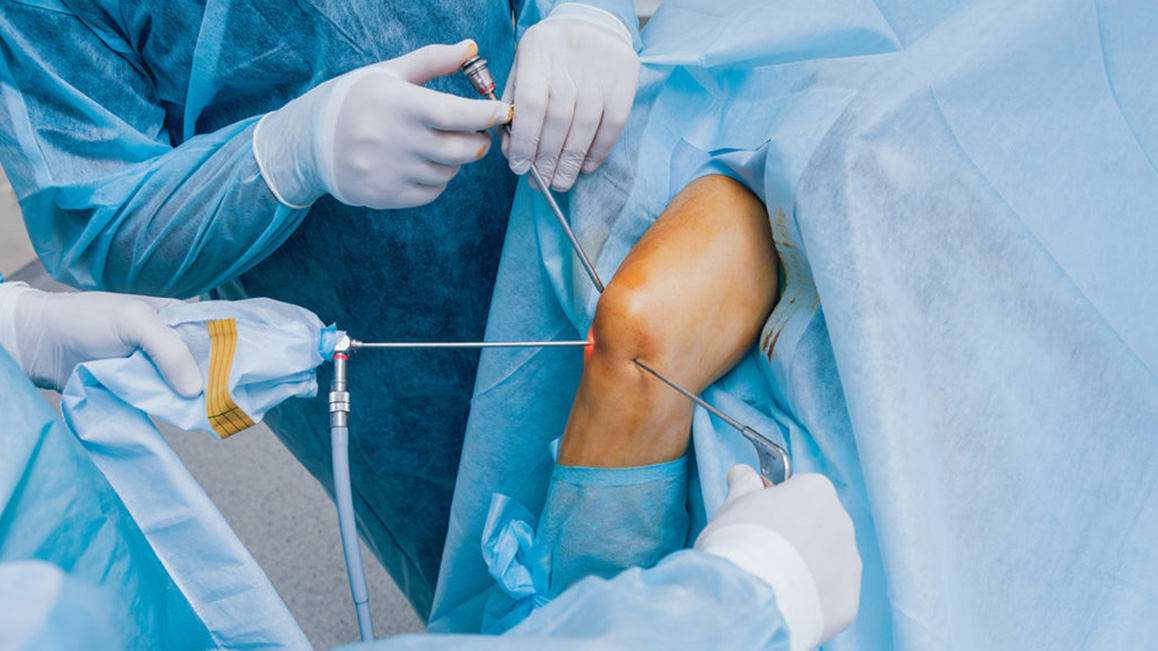
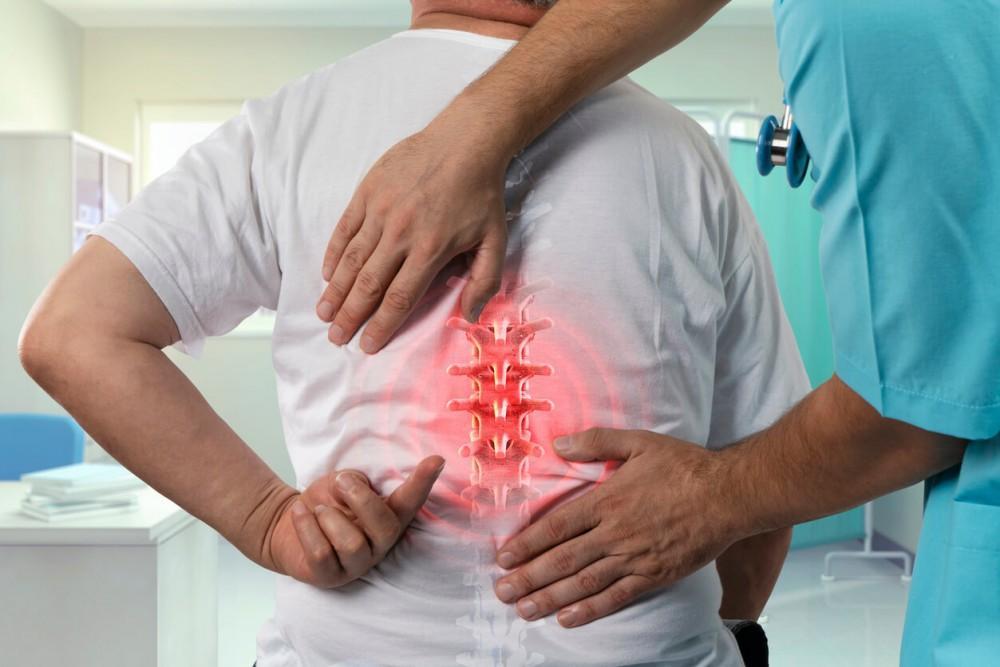
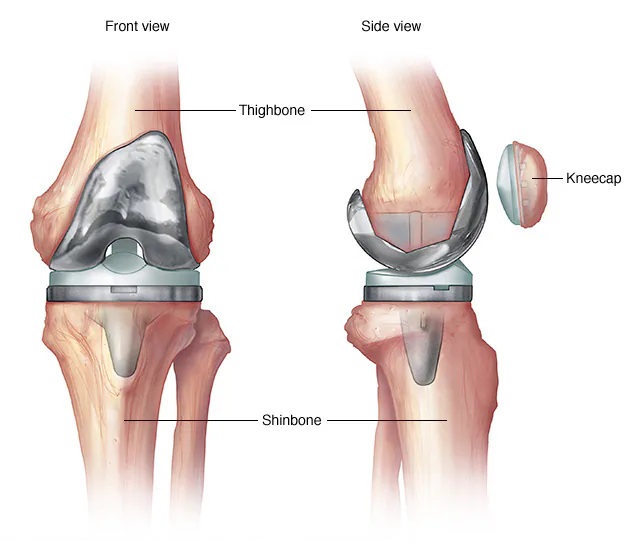
Leave a Reply